Le sac Sine a été conçu à partir d'une seule pièce de cuir, ce qui permet de réduire les étapes de fabrication par rapport à des modèles traditionnels. Le tannage végétal et la découpe laser dont il garde l'empreinte offrent de nombreuses possibilités de formes et de couleurs. Ensuite assemblé et mis en volume, il devient fonctionnel. Le pliage va finalement contraindre le matériau sans jamais dépasser le point de rupture pouvant le déformer définitivement. Par cette résistance, l'objet semble figé mais révèle ses courbes sous tension.
Le cuir a été sourcé dans une tannerie limousine, a quelques kilomètres seulement de la maison familiale, privilégiant ainsi un savoir-faire artisanal et local. Issu de matières récupérées et soigneusement sélectionnées, il témoigne d’une démarche éthique et respectueuse de l’environnement.
Sine has been designed from a single piece of leather, reducing the number of manufacturing stages compared with traditional models. The vegetable tanning and laser cutting that leave their imprint on the bag offer a wide range of forms and colours. Then assembled and shaped, it becomes functional. Finally, the folding process constrains the material without ever going beyond the breaking point where it could be permanently deformed. Through this resistance, the object appears fixed but reveals its curves under tension.
The leather was sourced from a tannery in Limousin, just a few kilometres
from the family home, thus promoting traditional and local craftsmanship. Made from carefully selected recycled materials, it reflects an ethical and environmentally friendly approach.
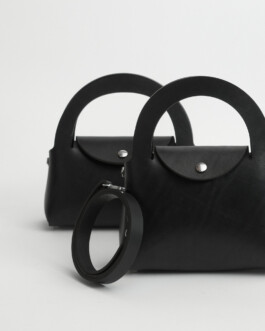

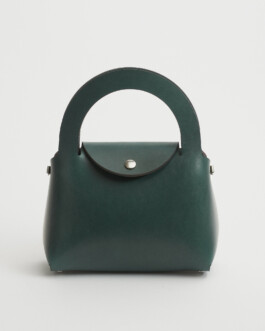
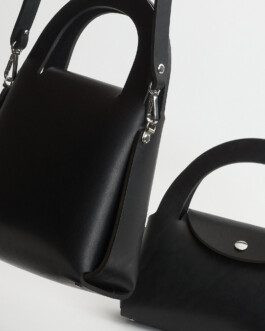

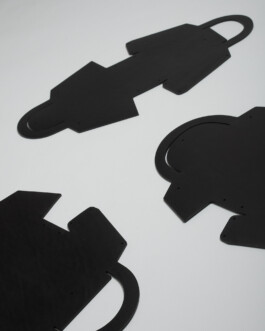
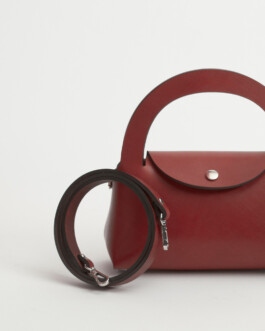
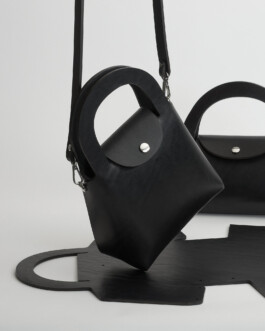
© 2025 | Contact | Instagram | Legal Notice | Terms & Conditions
© 2025 | Contact | Instagram | Legal Notice | Terms & Conditions